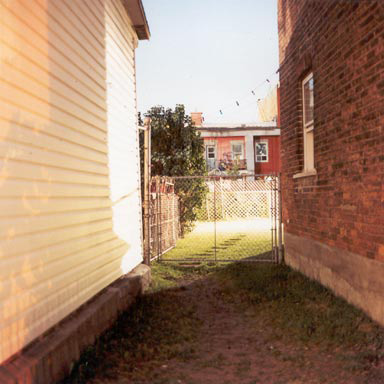
It seems determined by the general suffrage of mankind, that sorrow is to a certain point laudable, as the offspring of love, or at least pardonable, as the effect of weakness; but that it ought not to be suffered to increase by indulgence, but must give way, after a stated time, to social duties, and the common avocations of life (The Rambler, #47).
And then we get this little bump of words:
Sorrow is a kind of rust of the soul, which every new idea contributes in its passage to scour away.
The effect of this statement is doubly or triply what it would be if it were not preceded by so many baroque, heavily qualified observations. The one is balanced by the other--each given their own weight because of the antithetical relation between them.
Asymmetry: this is different than contrast in so much as what's heppening is oddball, as when a writor slips into peeculiar spilling or colloqualistic jingocantism. There's a refurburishing tremor of non-sense-to-new-sense when we encounter an out-of-place register.
SUMMING UP, then, the meanings we create and "find" in visual texts are analogous to those we create and "find" in philosophical texts. The analogues are not perfect, but they are palpably there to be investigated and wondered at.